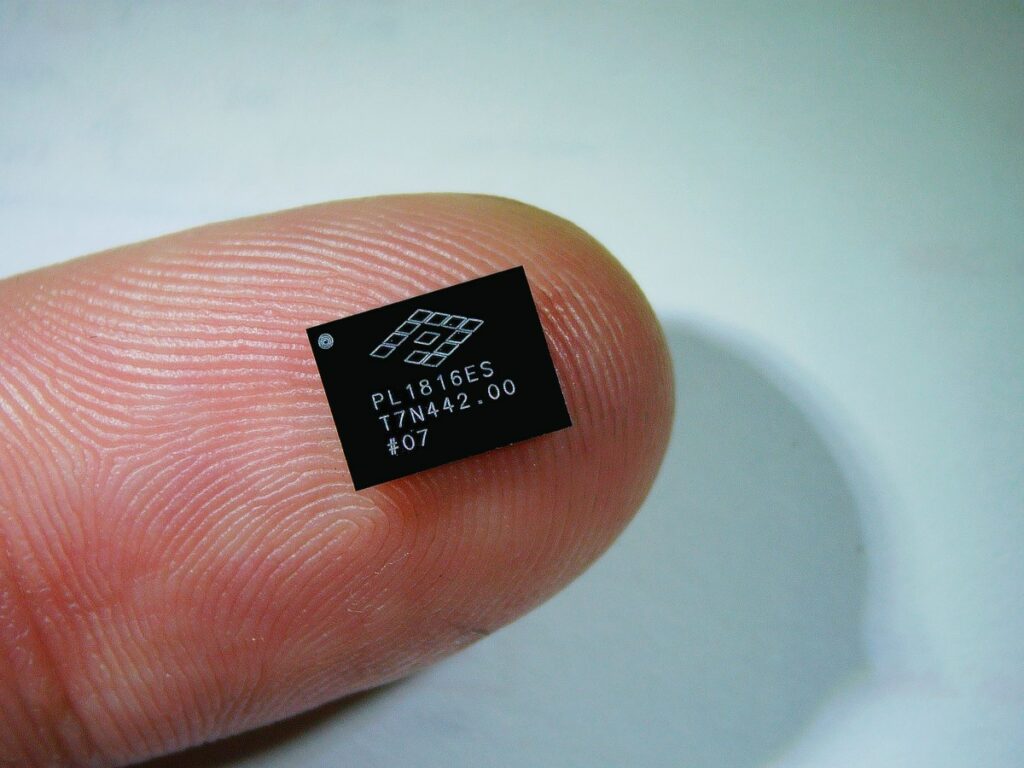If you pay attention to what the biggest tech companies are saying about AI demand, you’ll notice a common thread: they’re running short of compute capacity. That means the large language models underpinning AI products today need even more data centers to be trained and for inferencing, and therefore, they need more power. Against that backdrop, energy efficiency has suddenly become a critical priority for semiconductor manufacturers.
PowerLattice, a startup founded by veteran electrical engineers from Qualcomm, NUVIA, and Intel in 2023, claims to have developed a groundbreaking approach that reduces the power needs of computer chips by more than 50%. On Monday, the startup emerged from stealth with a $25 million Series A funding round led by Playground Global and Celesta Capital, bringing its total funding to $31 million.
“This is the hard stuff: How do you get power into the device? There are very few teams and people that can do it,” said Pat Gelsinger, general partner at Playground Global. “We have assembled what I’d argue is the dream team of power delivery.”
As the former CEO of Intel, Gelsinger carries significant authority in the semiconductor world, which makes his participation a powerful stamp of approval for PowerLattice.
In fact, when the startup’s CEO Dr. Peng Zou and its founding team pitched their idea at Playground’s offices in March, they were so star-struck by Gelsinger’s fame that they asked him for a selfie, Gelsinger told TechCrunch. The admiration proved mutual, as Gelsinger came away genuinely impressed with PowerLattice’s technology.
The startup’s tech sounds simple in concept: a tiny power delivery chiplet that’s designed to bring power closer to the processor, significantly minimizing energy loss.
Two years in, PowerLattice has already achieved its first key milestone: its first batch of chiplets is being produced by TSMC, in partnership with an unnamed manufacturer that is testing the startup’s functionality, Gelsinger said.
Techcrunch event
San Francisco
|
October 13-15, 2026
Beyond its initial customer, the startup plans to make its product available for testing by other customers in the first half of 2026. The trials should prove instructive, given that PowerLattice’s potential customer set includes major chip manufacturers Nvidia, Broadcom and AMD, as well as specialized AI chip developers, such as Cerberus, Grok, and Playground-backed startups d-Matrix and NextSilicon.
Although every chip company has internal teams working on improving energy efficiency, Gelsinger hopes that PowerLattice’s innovative approach will pique their interest.
“They may say, ‘I’m going to take some volume to this approach, some volume to my more traditional approach’,” he said. “But we think our ability to capture meaningful share will quickly emerge.”
PowerLattice is not the only startup attempting to help chip manufacturers address the energy problem. The company would compete most closely with Empower Semiconductor, a startup that raised a $140 million Series D, led by Fidelity Management & Research Company, in September.
However, Gelsinger is certain that PowerLattice’s 50% energy efficiency gain is an “extraordinary” result, and he expects the company to soon raise a much larger funding round to fund production.
“The idea is bold, the benefits are large, and I expect others will be saying, ‘That’s a great idea. Let me try as well,’” Gelsinger said.


